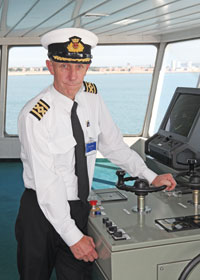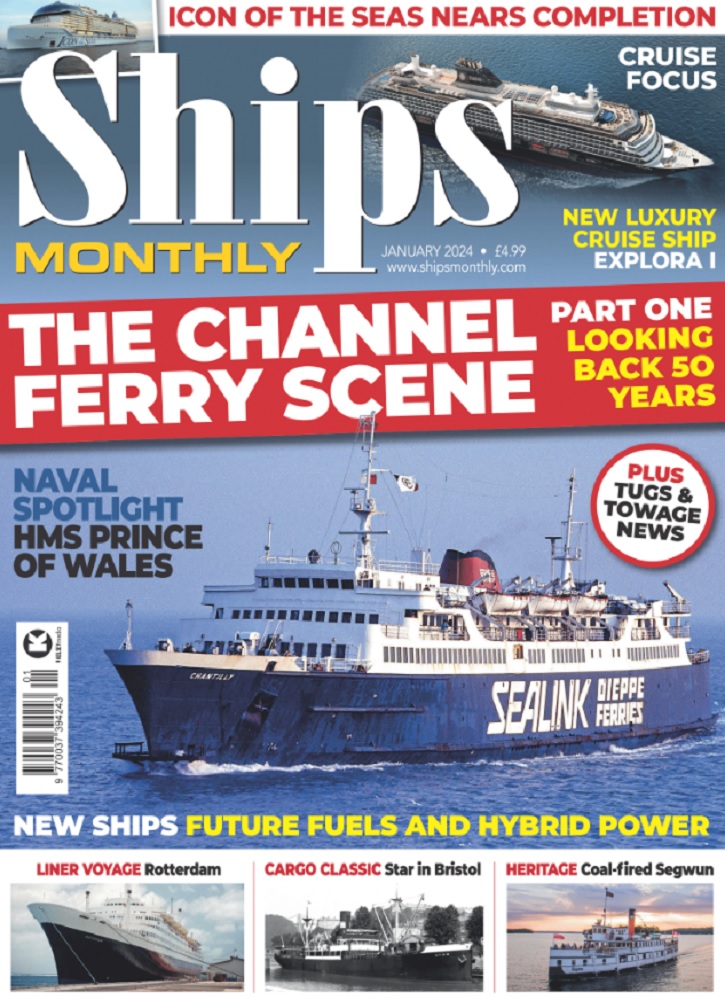Breaking News:
Features
Carnival Celebration CRUISE REVIEW
Andy Hernandez sailed aboard the new Carnival Celebration, the...
Latest news
COSCO Shipping welcomes new PCTC
On 10 July 2024, COSCO Shipping Special Transport celebrated...
Ships Monthly bumper 92–page August issue out now
The bumper August 2024 issue of Ships Monthly is...
New North Star vessel bound for East Anglia THREE windfarm
North Star has secured a contract with Siemens Gamesa...
Popular news
COSCO Shipping welcomes new PCTC
On 10 July 2024, COSCO Shipping Special Transport celebrated...
Ships Monthly bumper 92–page August issue out now
The bumper August 2024 issue of Ships Monthly is...
New North Star vessel bound for East Anglia THREE windfarm
North Star has secured a contract with Siemens Gamesa...
© 2024 Kelsey Media Ltd. Kelsey Media Ltd, Registered No. 05822990, is a trading name of Kelsey Publishing, Registered No. 02387149.


